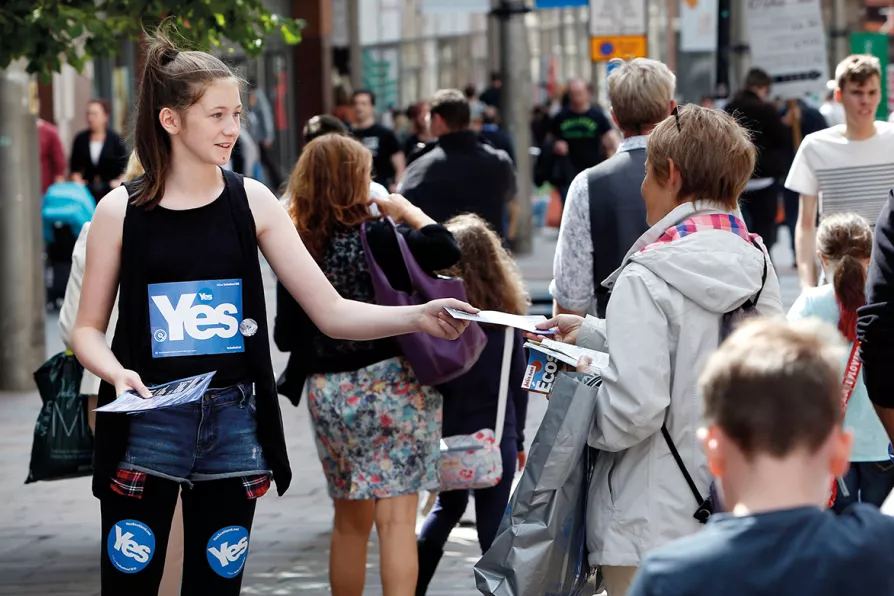1943-2025: How one man’s unfinished work reveals the lethal lie of ‘colour-blind’ medicine


AS Scotland slouches toward the 10th anniversary of the independence referendum, few in the SNP seem remotely enthusiastic about the occasion. If anything, there’s a distinct sense that many would rather September 18 passed without note.
Two years ago, when Nicola Sturgeon announced a second referendum for October 2023, such a scenario was difficult to imagine.
However, lacking intellectual leadership and a theory of change to achieve their ultimate goal, the timidity with which John Swinney and his government have approached the occasion is hardly surprising. It is nonetheless a compelling illustration of the depth of the crisis within their party.

COLL McCAIL rejects the Scottish Establishment’s attempt at an ‘elite lockout’ of Reform UK and says the unions should be wary of co-option by their class enemies in Holyrood just to keep one set of austerity-mongers in power instead of Reform UK













